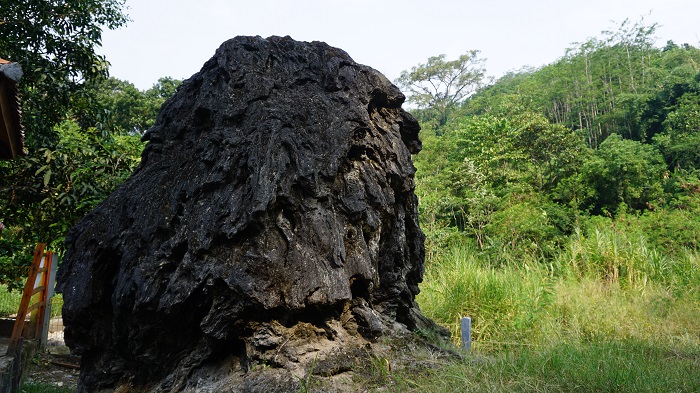The Cisolok Geyser is evidence of magmatic and hydrothermal activity in the Southern part of West Java. Its existence can not be separated from ongoing plate movement and subduction processes in southern Indonesia. Geyser Work based on a combination of heat, water and underground plumbing system. Without any of these three parts, the geyser cannot spray its steam into the air. A spray of water on the surface will produce a white precipitate called travertine (carbonate) because on the way to the surface, the water thought the carbonate rock formation or limestone. Sometimes is also produced a yellow precipitate in the form of sulfur. Some hot springs are also encountered along the Cisolok river, but underneath is does not have a plumb system that is required to generate the pressure needed to form of bursts to the surface. Circulation of hot water under the surface of the earth often involves the displacement of minerals and is deposited in a place. Travertine is limestone deposited by mineral spring, springs especially hot springs. The chemical content of travertine is CaCO3 and part of it is sulfur. Circulation of subsurface hot water also cause physical and chemical changes in rocks called the alteration process. This process also carries valuabe mineral deposits such as gold and copper.
Photo Documentation
Gallery
Wednesday, 11 Nov 2020
Author: Komunitas
Monday, 01 Feb 2021
Author: Komunitas photo
Monday, 01 Feb 2021
Author: Komunitas photo














